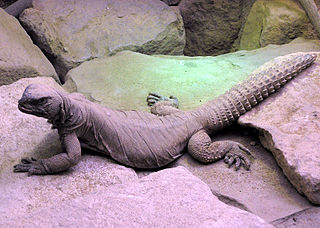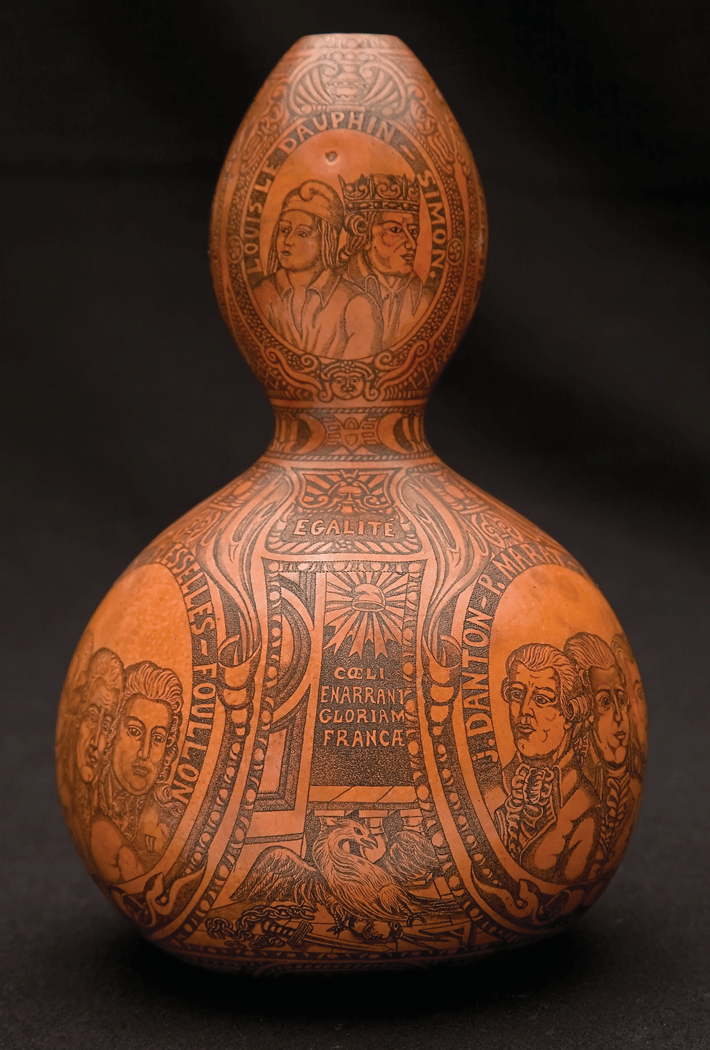
PARIS, FRANCE—Zooarchaeologist Hervé Monchot of the Université-Paris Sorbonne identified 145 lizard bones, most likely from the spiny-tailed lizard Uromastyx aegyptia, in a bone dump at the mosque complex at al-Yamâma in the Saudi Arabian desert. This is the first archaeological evidence of this protein source in the Arabian diet, even though the consumption of lizards is mentioned in the hadiths of the Prophet Muhammad and in an eleventh-century travel log. “It is necessary to distinguish the Bedouin, who ate and [still] eat lizard when traveling in the desert because it is a source of easy-to-find protein, and urban populations who do not eat lizard,” Monchot told Live Science.









